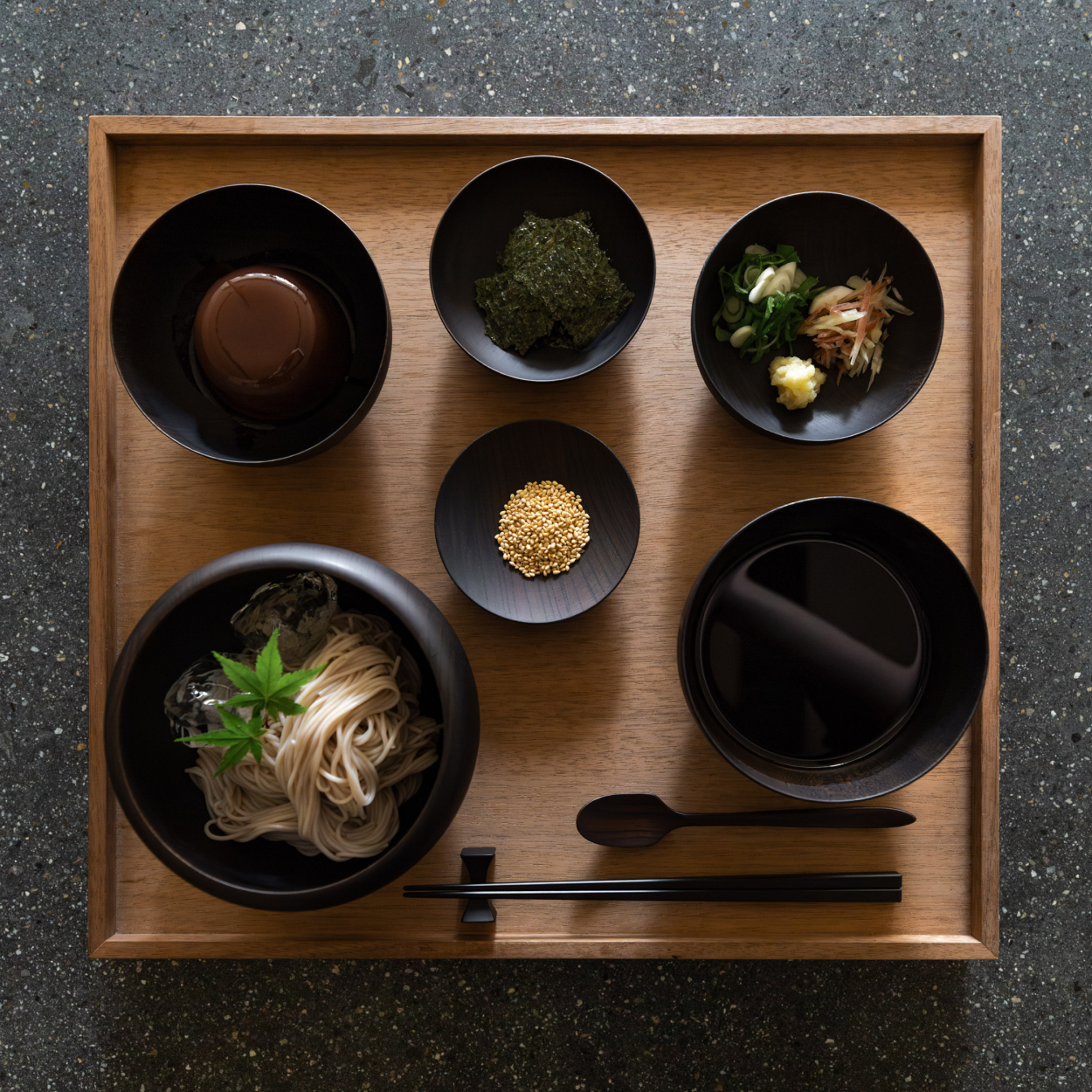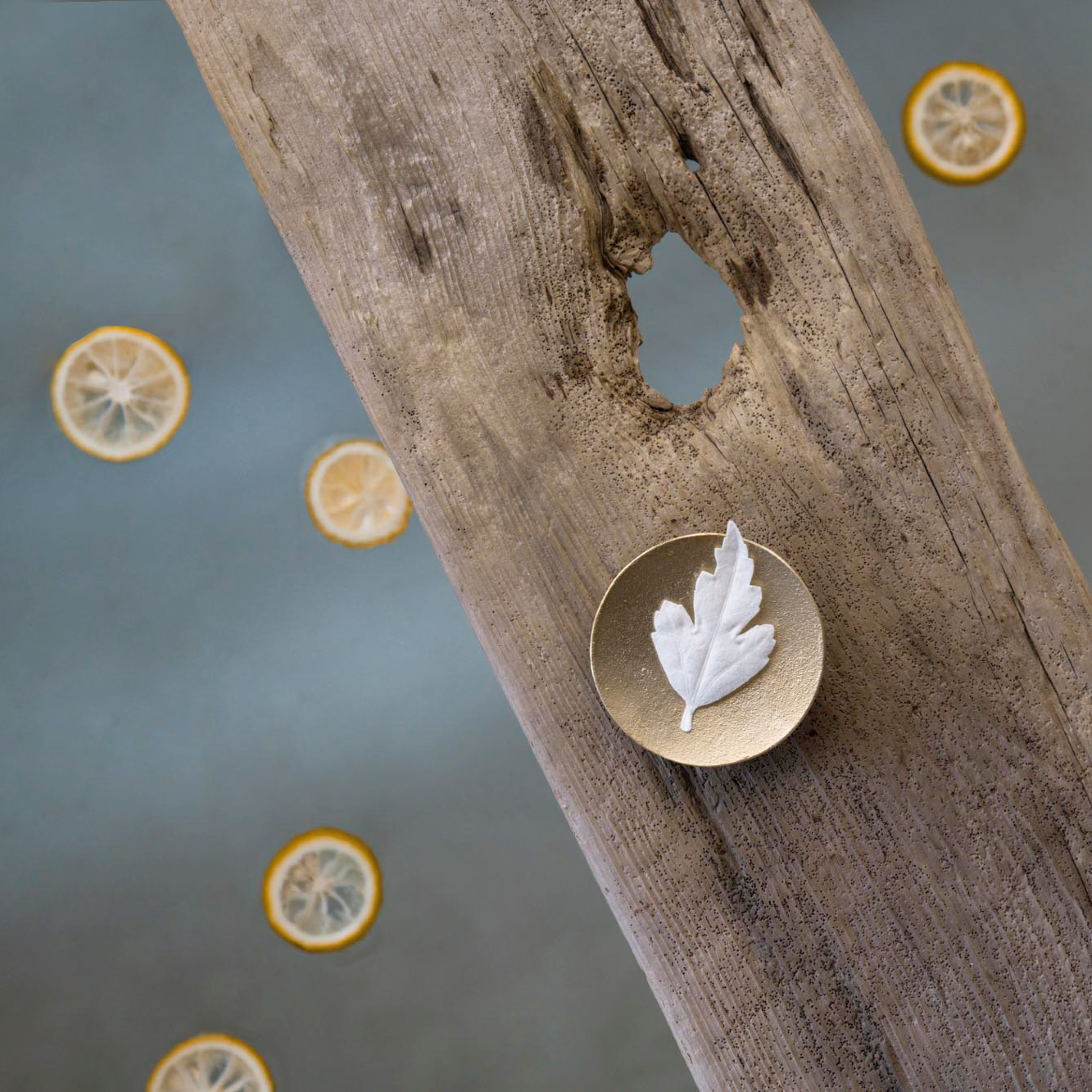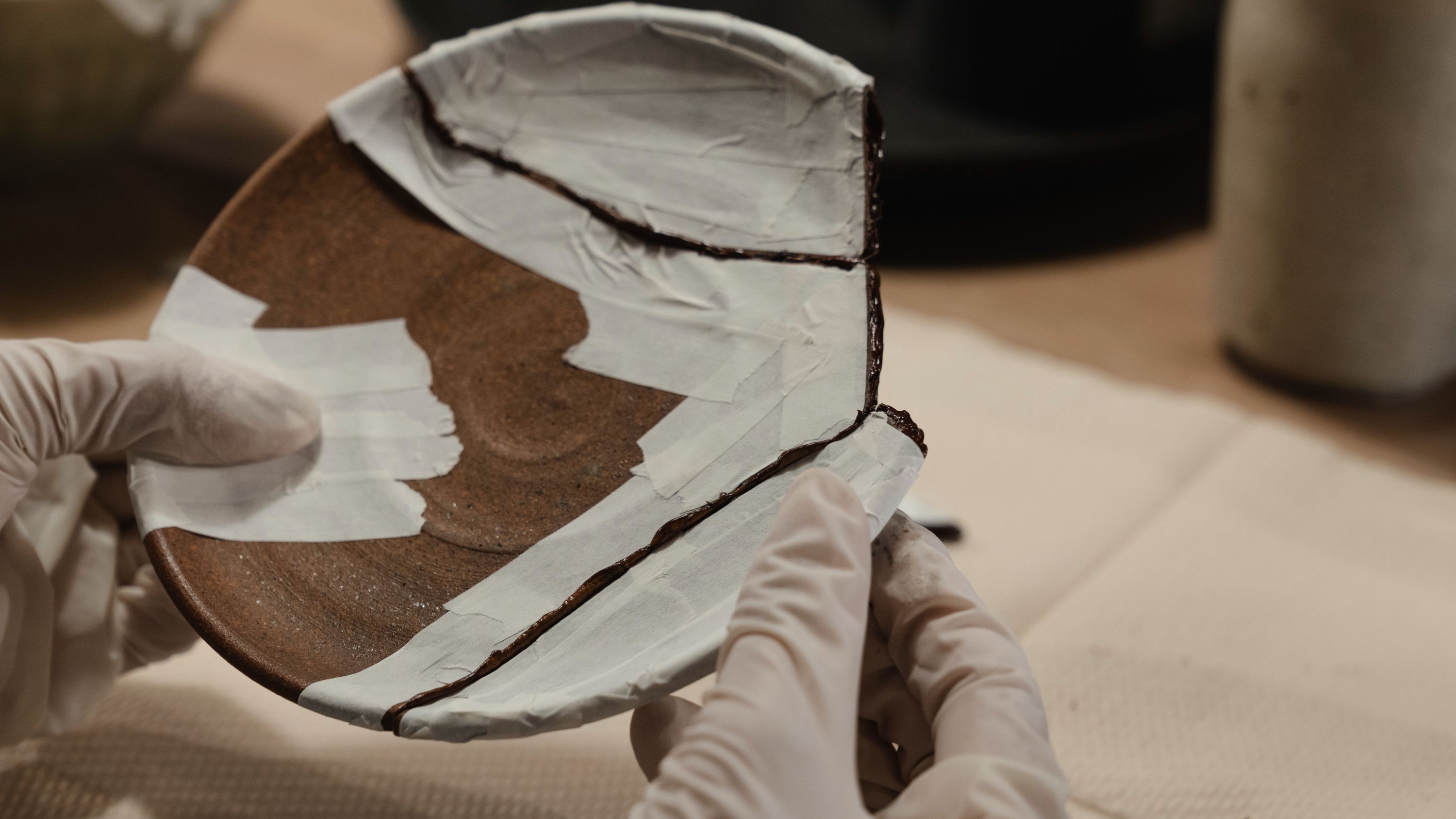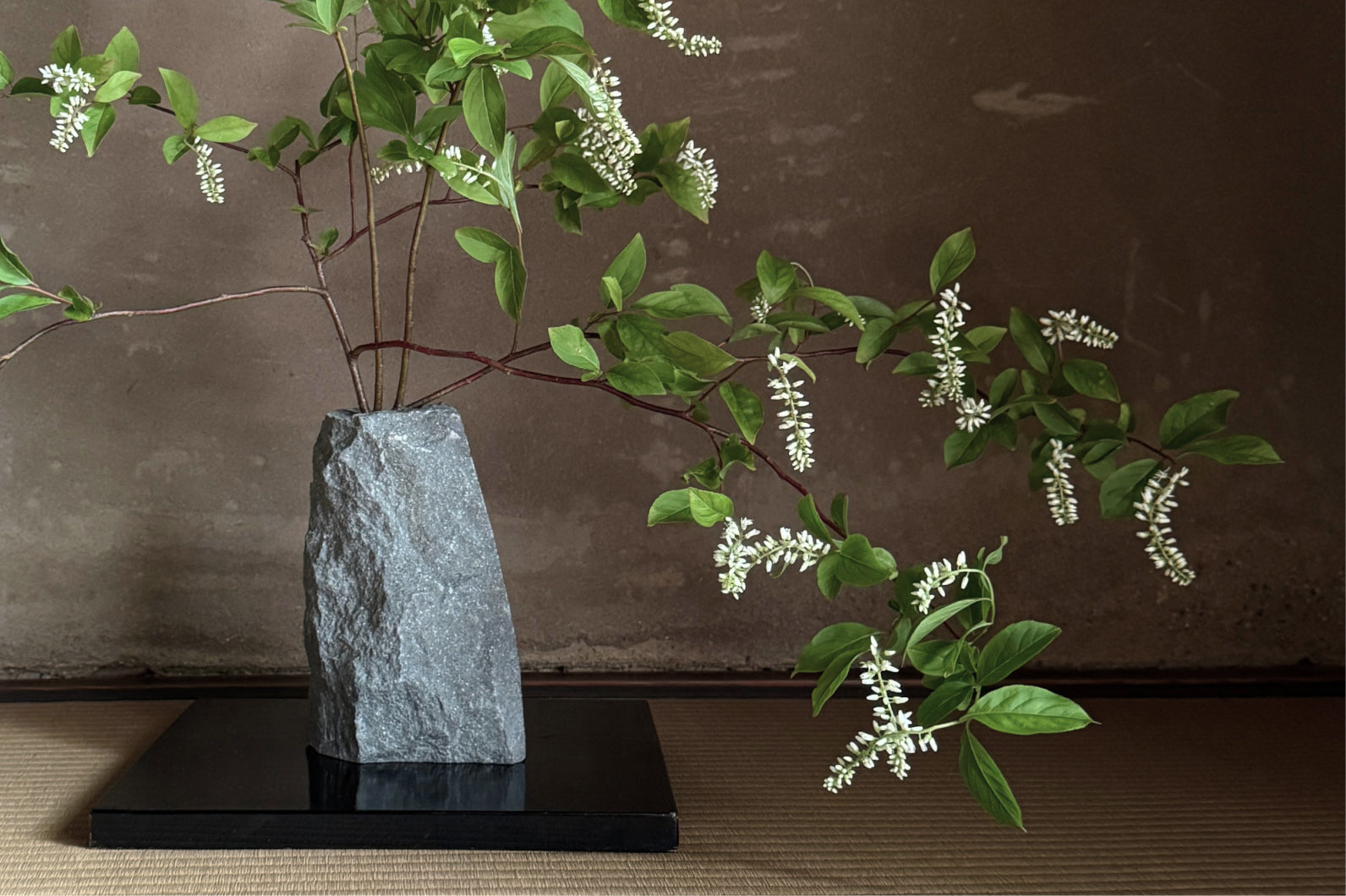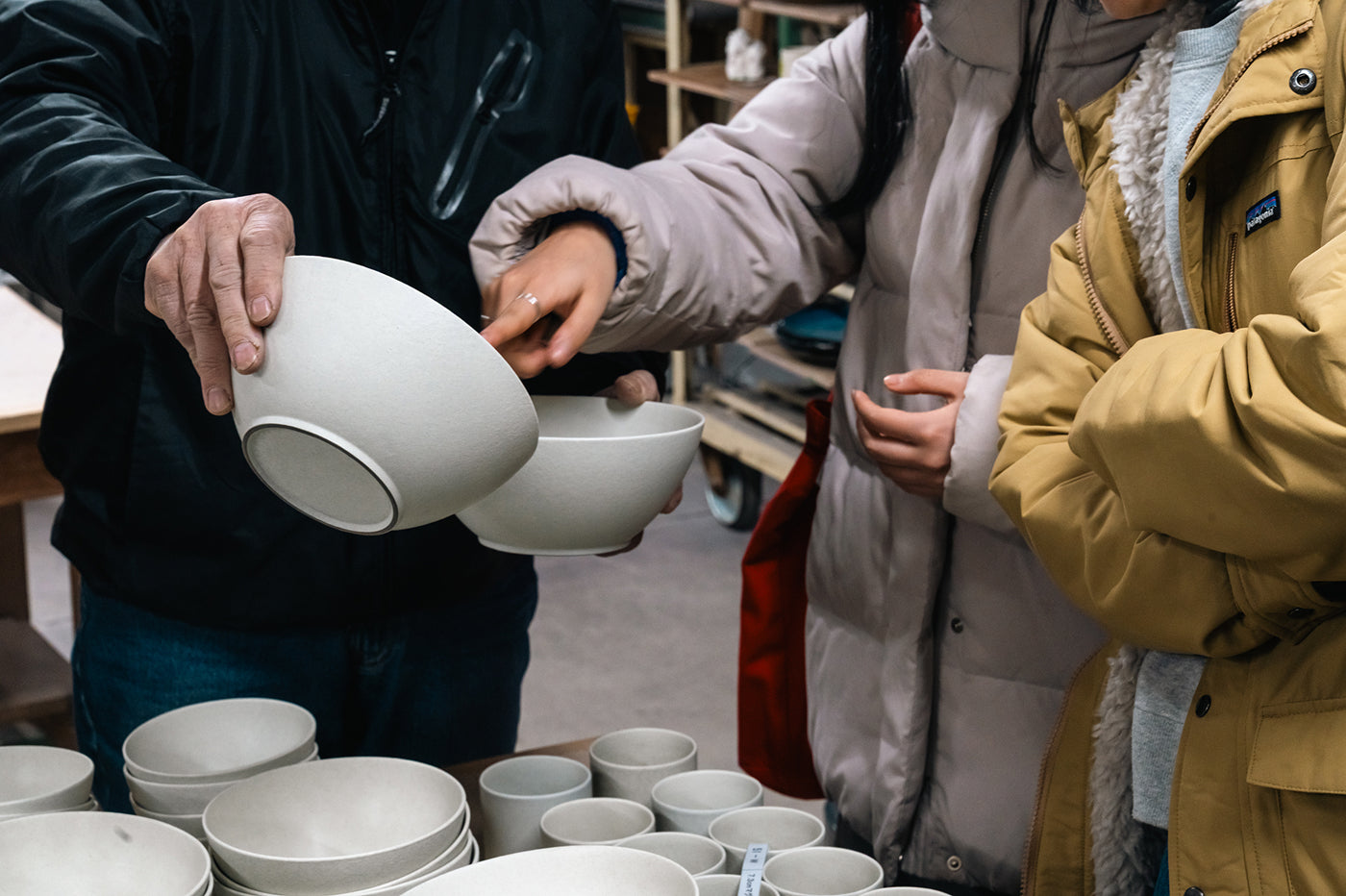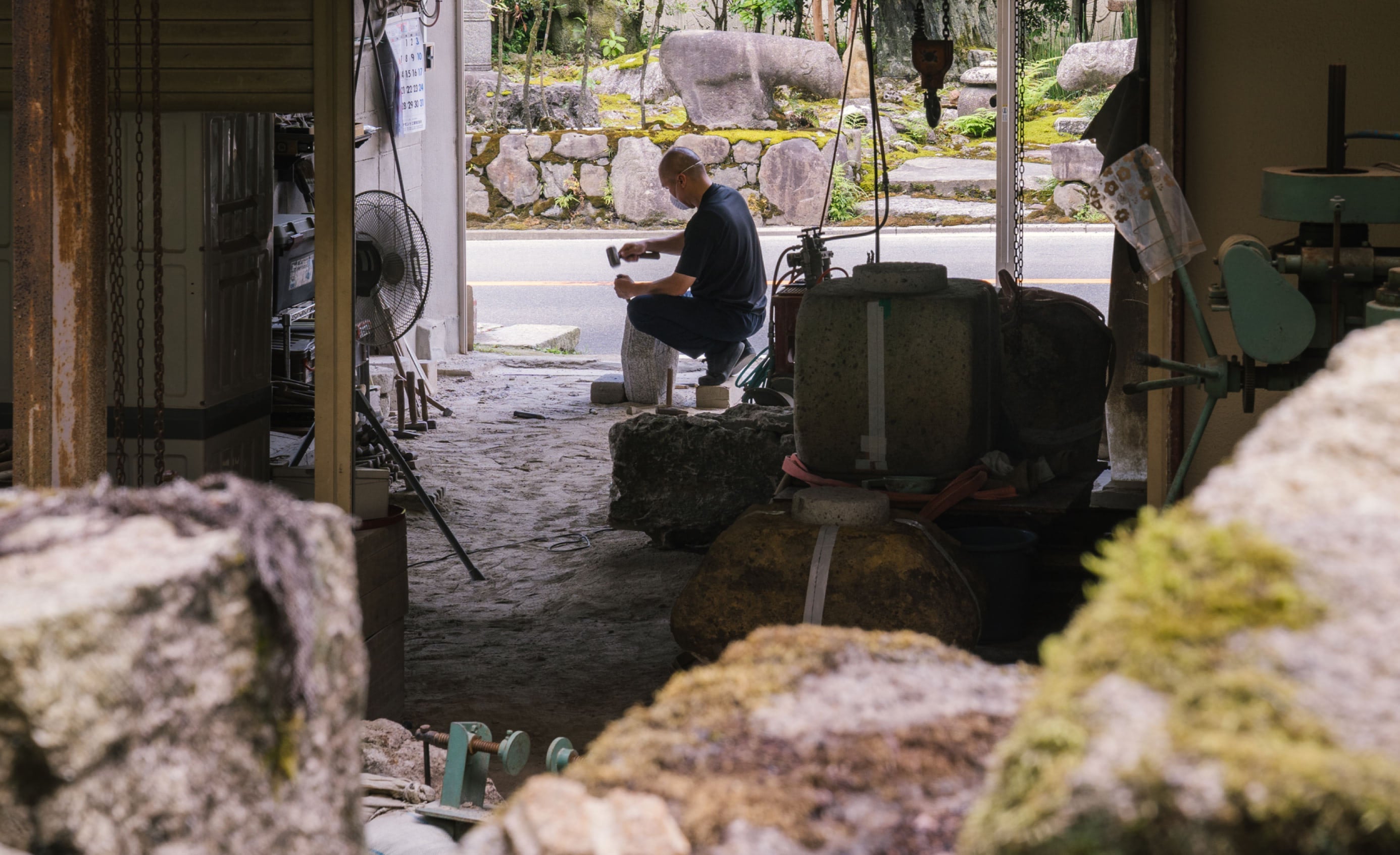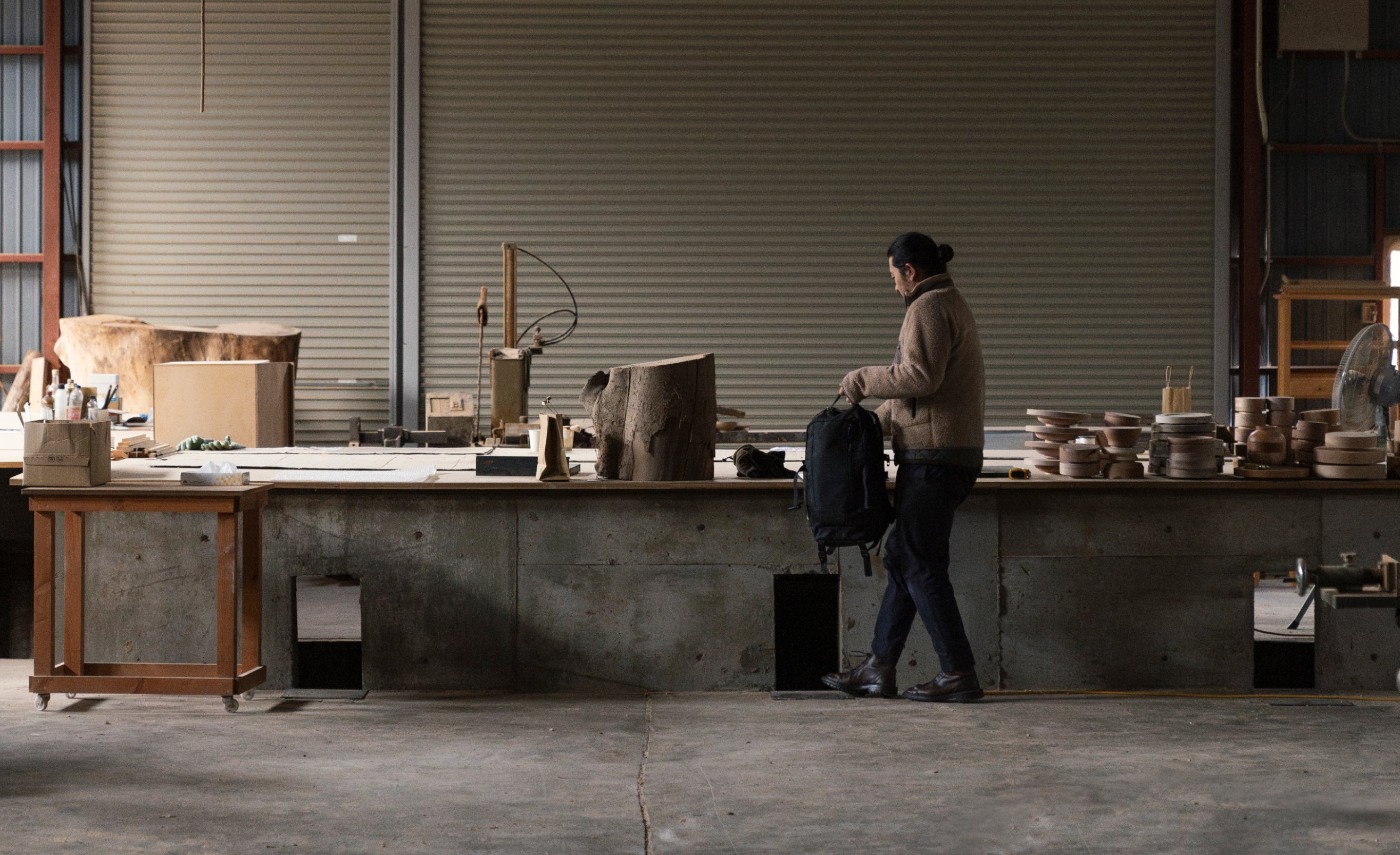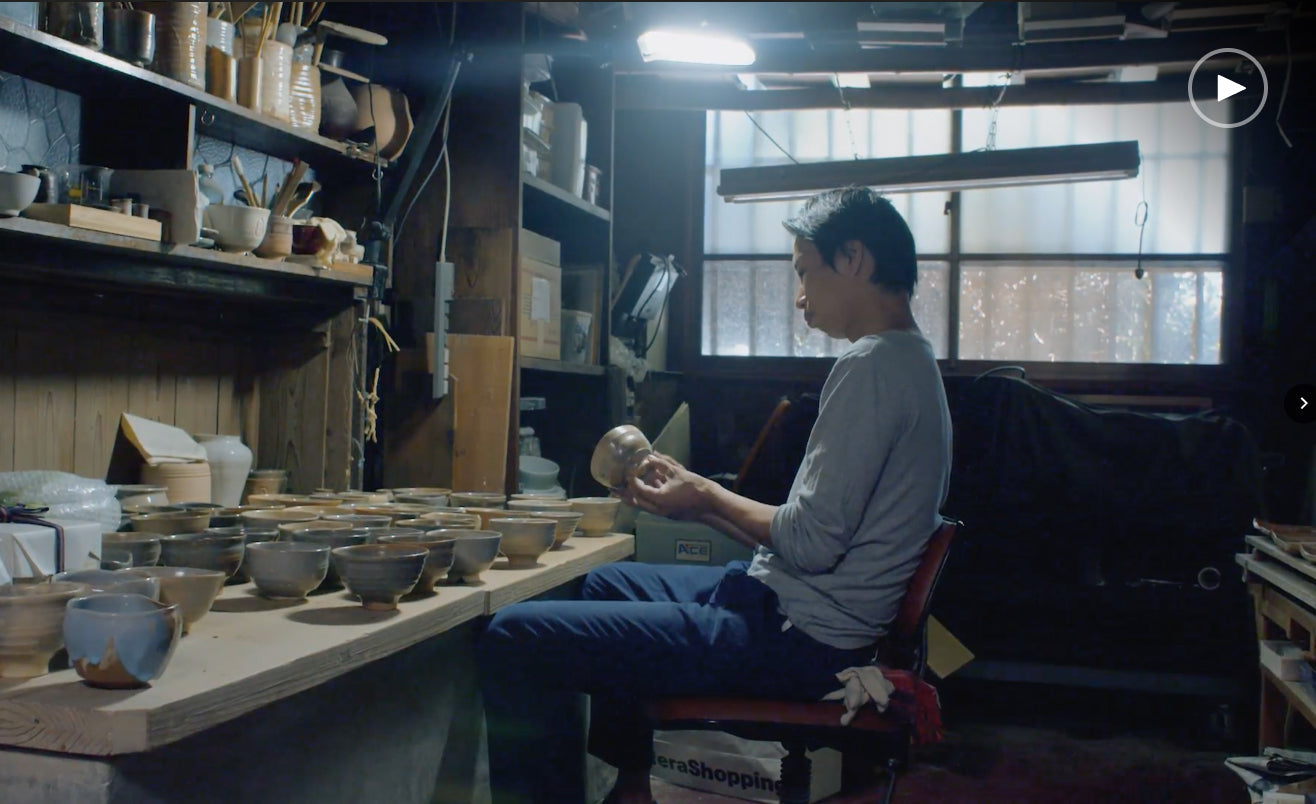This post is one of a three part series:
Part 1: Mugi urushi
Part 2: Sabi urushi
Part 3: Red and black urushi
When beginning kintsugi-repair, the first question to ask is, ‘‘how is the piece damaged?’’
Is it broken, cracked, or chipped? First and foremost, accurately identifying the fractures is an art in itself. Creating a patient chart is a valuable step 0. Each type of damage requires its own repair process.
Kintsugi is a nonlinear process, but to mend breaks, we typically begin by making mugi urushi. In this step of the repair process broken pieces are glued together like a puzzle.
Step 1
Apply masking tape along fractured pieces.
Tip: If your piece is porcelain stoneware, and not ceramic earthenware, dilute kiurushi with a bit of turpentine and brush into the fractured surfaces. Leave for about 10 minutes, and tissue off excess kiurushi. This short process prepares the piece for mugi urushi.
Step 2
Make mugi urushi,the all-natural adhesive to glue broken pieces together.
Tip: Cover the mugi urushi in plastic wrap during repair work to ensure it does not begin to harden and cure. (Post-repair work, mugi urushi can be sealed tightly with plastic wrap and stored in the refrigerator and continued to be used for one - two weeks.)

Step 3
Use a bamboo spatula or hera to apply a thin, even layer of mugi urushi along both surfaces of the broken pieces.
Tip: Be mindful that the mugi urushi is applied only to the surfaces being attached together. Accidentally applying it to surfaces that do not adhere to another piece can result having to remove the mugi urushi later. (Using your patient chart can help you organize and keep track of the surfaces you are working with.)
Step 4
Allow the mugi urushi’d pieces to sit separately for about 30 minutes BEFORE affixing them together.
Tip: This wait time allows the mugi urushi to cure ever so slightly, enough for the pieces to slip and slide less when affixing.
Tip: While the pieces rest, prepare several pieces of masking tape.

Step 5
Affix broken pieces back together.
Tip: Start with the largest piece and then gently wiggle the pieces into place until you feel that they have clicked into place. It is very important to press the pieces together extremely tightly to ensure there are no gaps or air bubbles.
Step 6
Firmly tape the pieces together, leveraging gravity’s pull and the elasticity of the tape.
Tip: Broken fragments should be very tightly bound to prevent the pieces from shifting in the muro before they fully cure into place. That said, it is equally important not to over-tape. Over-taping will prevent the urushi from curing, as it needs the moisture from the air to mature properly.
Step 7
Place the piece into the muro for at least week, or until the mugi urushi has properly cured.
Tip: When placing your piece into the muro, consider how gravity will affect the curing process. While the pieces may look secure initially, overtime the pieces can shift in the muro as it does take over one week to cure. You may take your piece out after 24 hours to check the placement of the pieces and give it a slight gentle shift if necessary. If you have a bowl or cup broken in half, do not lay it flat as you would in a cabinet. Instead, lay it on its side so that you are taking advantage of gravity to help the pieces bind together, rather than working against it.
Step 8
Once properly cured, use a craft knife to gently shave off excess mugi urushi.
Tip: Be sure to slide the knife along the fracture rather than perpendicularly against it. The latter can cause broken pieces to pop off as the urushi is still in the infant stages and durability will strengthen with time.
Read part 2: Sabi urushi
